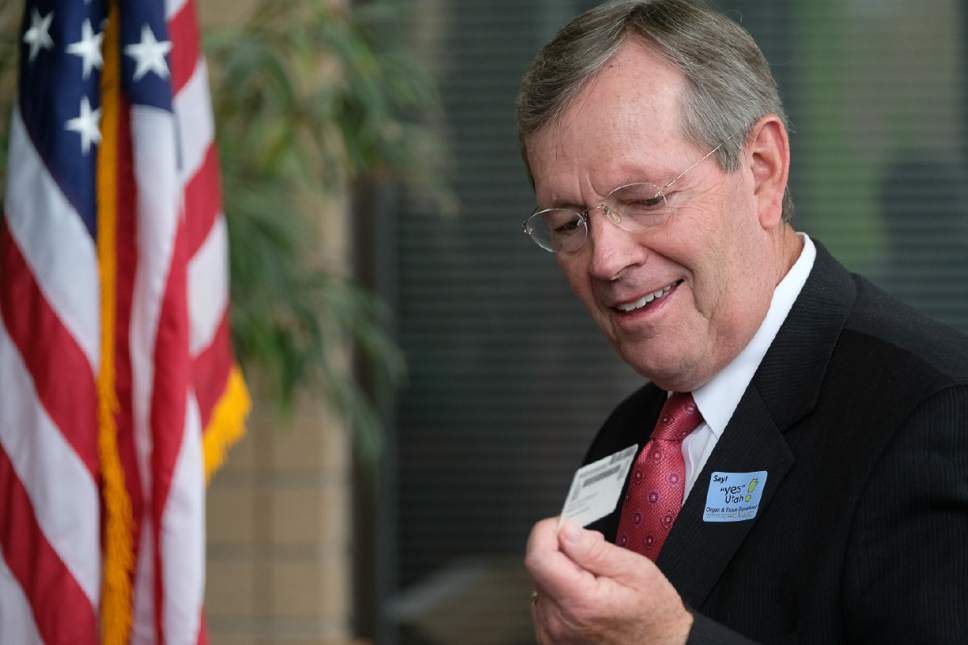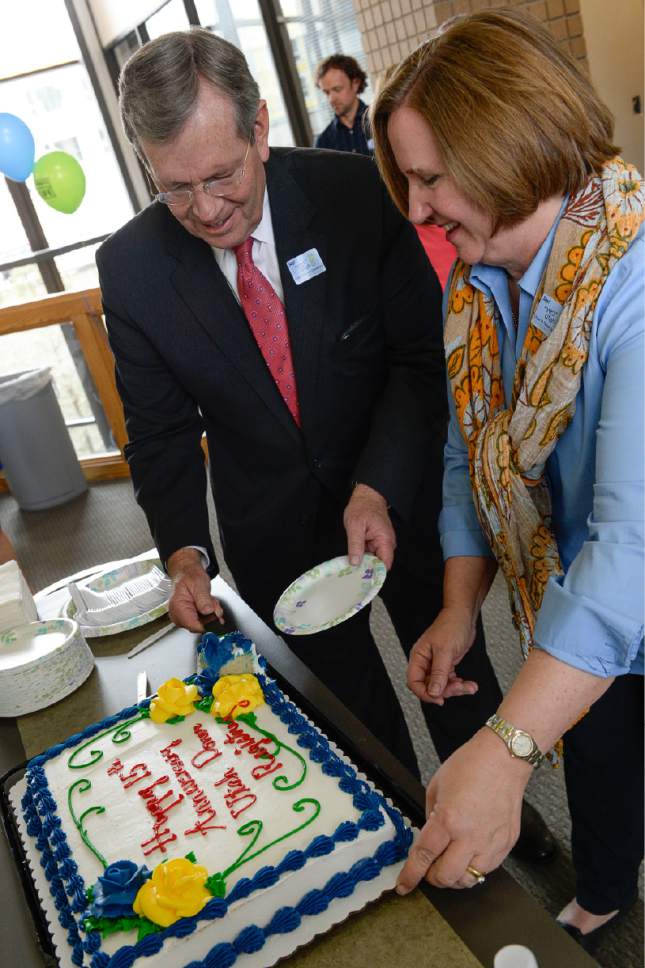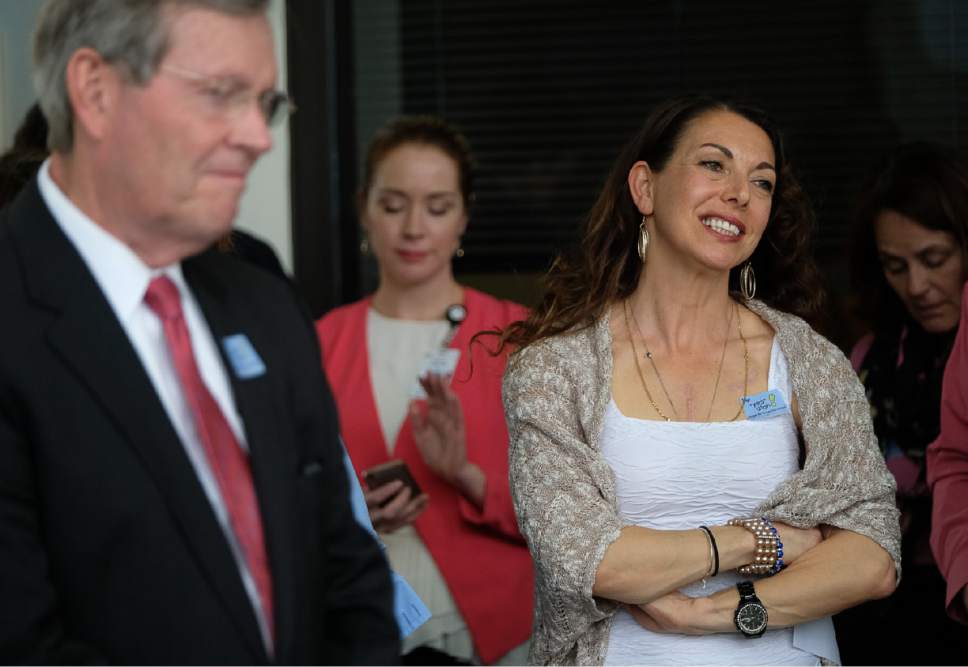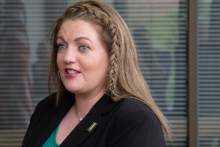This is an archived article that was published on sltrib.com in 2017, and information in the article may be outdated. It is provided only for personal research purposes and may not be reprinted.
As a drowsy haze from the anesthesia wore off, Claire Larson kept asking, "Is the new heart in me?" And her doctors, nurses and family happily answered each time with a resounding, "Yes!"
Her transplant surgery last August went well, Larson said, thanks to an unknown organ donor whose heart now beats in her chest and to the Yes Utah Donor Registry that made the donation possible.
"They must have told me a million times that I had my new heart but it was so cool because someone was willing to leave their legacy for me to live," Larsen said.
"I didn't know how sick I was until I got my new heart, because I'd always lived that way," the 45-year-old Sandy resident said. "I didn't know how it was to live a normal healthy life until now."
The registry is celebrating 15 years of operation this month, commemorated with an event Tuesday afternoon at the Intermountain Donor Services office in Salt Lake City. Officials say the Yes Utah Donor Registry has streamlined the donation process by creating a digitized database of organ, tissue and eye donors across Utah, southern Idaho, western Wyoming and portions of Nevada and making it accessible to registrants and hospitals.
All 85 hospitals in the region notify Intermountain Donor Services, which maintains the registry, of every death or impending death, allowing health workers to ascertain if the deceased is a registered donor and discuss donation with families.
If the person is a donor, viable organs are matched with potential recipients on the United Network for Organ Sharing, or UNOS, list. Intermountain Donor Services, or IDS, also helps procure organs and educates health professionals and institutions of best practices on organ donation.
Registration in the database rose from 970,000 in 2003 to 1,618,000 in the first quarter of 2017, according to IDS data.
Nearly 73 percent of Utahns ages 16 and older are registered donors, according to 2015 census data, compared to the national average of 54.6 percent.
Before the Yes Utah registry, the only clue that people were organ donors was a donor card in their possession or a red heart on their driver license, said Alex McDonald, director of public education and public relationship for IDS. Medical professionals and families were often forced to look through the deceased's belongings in search of donor confirmation.
Indication of donor status on the Utah driver license began in 1991, McDonald added.
The registry's technology, he said, "makes a huge difference."
Creation of the registry was spearheaded by then state Sen. Karen Hale. In January 2001, three weeks into that year's legislative session, Hale's 19-year-old daughter, Chelsea, died in an ATV accident and her organs could not be donated because she had already been embalmed.
Hale said at Tuesday's ceremony that her daughter's death pushed her and other legislators to add a provision requiring that health professionals notify IDS about prospective organ donors.
"It was hard working on this legislation," Hale said, "but at the same time we were looking for a silver lining."
For many of the past 17 years, Larson lived knowing that she may not see her growing son get married or start a family. After her last cardiac episode in January 2016, that reality seemed much closer than ever.
She was placed on the donor list in May and got the call at 5 a.m. Aug. 27. The registry had found a match and she was getting her new heart. As Larson walked out the door to head to the hospital with her mother, she thought, "I'm getting my new heart today. I'm getting my new life."
Twitter: @kelgiffo









